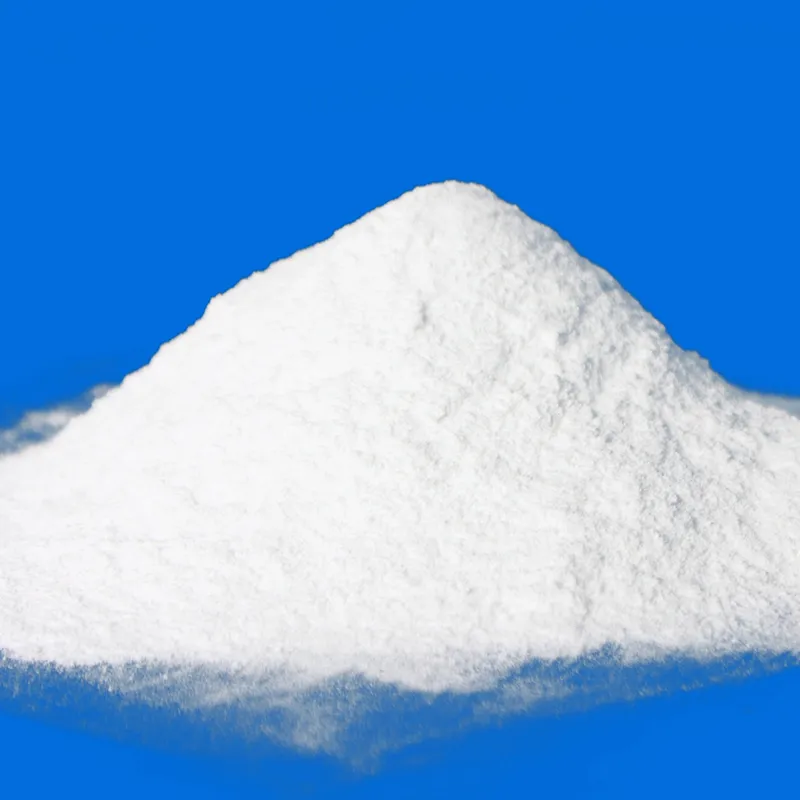
The Role of Sodium Acid Pyrophosphate in Food Industry Applications and Safety Concerns
Understanding Sodium Acid Pyrophosphate in Food
Sodium acid pyrophosphate (SAPP) is a common food additive, recognized by its E number E450. With its nuanced roles in the food industry, several questions arise regarding its safety, functionality, and overall impact on health. This article delves into the properties of SAPP, its uses in various foods, and the ongoing debates about its health implications.
What is Sodium Acid Pyrophosphate?
Sodium acid pyrophosphate is a sodium salt of pyrophosphoric acid, typically produced by the action of heat and water on sodium phosphate. In its powdered form, it appears as a white or slightly off-white powder, offering a mildly acidic taste. The compound is highly soluble in water, making it a versatile ingredient for various food applications.
Functions of SAPP in Food
One of the primary functions of SAPP is as a leavening agent in baked goods. It provides the carbon dioxide gas necessary for doughs and batters to rise, resulting in fluffier breads, cakes, and cookies. When combined with baking soda (sodium bicarbonate), SAPP reacts in the presence of moisture and heat, releasing carbon dioxide quickly, which results in the desired textures in baked products.
Apart from its leavening properties, SAPP also acts as a stabilizer and emulsifier. It's commonly found in processed foods such as frozen potato products, dairy, and meat products. For instance, SAPP helps maintain the desired texture and moisture levels in processed cheese and can prevent discoloration in potatoes and other vegetables during cooking and storage.
Additionally, SAPP contributes to the shelf-life of certain products. Its ability to regulate acidity can help inhibit the growth of undesirable microorganisms, thereby extending the freshness of food items. As a sequestrant, it binds to minerals in food, preventing them from reacting with colorants or other ingredients, which is critical in maintaining the food's aesthetic and nutritional quality.
sodium acid pyrophosphate in food

Safety and Regulation
The safety of food additives, including sodium acid pyrophosphate, is subject to strict regulatory oversight. In the United States, the Food and Drug Administration (FDA) considers SAPP generally recognized as safe (GRAS) when used in accordance with good manufacturing practices. Similar regulatory bodies in Europe and other regions have endorsed its use, considering it safe at the concentrations typically found in food.
However, as with many additives, some individuals may have sensitivities or allergic reactions to SAPP. Symptoms may include gastrointestinal discomfort, such as bloating or gas. Moreover, consuming an excessive amount of phosphorus additives, including SAPP, may lead to an imbalance in dietary phosphorus levels, which could be of concern for individuals with kidney issues or those on specific diets.
Nutritional Considerations
Sodium acid pyrophosphate itself does not provide significant nutritional value; it is not a source of vitamins or minerals. However, its role in enhancing the texture and quality of food can contribute indirectly to overall dietary satisfaction and enjoyment. This can be particularly relevant in scenarios where palatability influences nutrient intake.
As consumers become more health-conscious, there is a growing preference for foods that are minimally processed and free from artificial additives. Although SAPP is deemed safe, its presence in food products may lead some consumers to be wary of the overall quality of those foods. Consequently, transparency in labeling and ingredient sourcing has become increasingly important for food manufacturers aiming to cater to health-conscious demographics.
Conclusion
Sodium acid pyrophosphate serves important roles in modern food production, primarily as a leavening agent, stabilizer, and preservative. While regulatory bodies regard it as safe, it is essential for consumers to stay informed about the additives present in their food and their potential health implications. As dietary preferences evolve, the role of food additives like SAPP will continue to be evaluated, ensuring the balance between food technology and health remains at the forefront of the culinary landscape.
-
Understanding Synthetic Rubber OptionsNewsApr.27,2025
-
Trichloroisocyanuric Acid: Essential for Clean and Safe WaterNewsApr.27,2025
-
Sodium Dichloroisocyanurate: Key to Safe Water TreatmentNewsApr.27,2025
-
Sodium Acid Pyrophosphate: Essential in Modern Food ProcessingNewsApr.27,2025
-
Essential Water Treatment ChemicalsNewsApr.27,2025
-
Denatured Alcohol and Its Industrial UsesNewsApr.27,2025
-
The Versatile Uses of Sodium BicarbonateNewsApr.24,2025
Hebei Tenger Chemical Technology Co., Ltd. focuses on the chemical industry and is committed to the export service of chemical raw materials.
-

view more DiethanolisopropanolamineIn the ever-growing field of chemical solutions, diethanolisopropanolamine (DEIPA) stands out as a versatile and important compound. Due to its unique chemical structure and properties, DEIPA is of interest to various industries including construction, personal care, and agriculture. -

view more TriisopropanolamineTriisopropanolamine (TIPA) alkanol amine substance, is a kind of alcohol amine compound with amino and alcohol hydroxyl, and because of its molecules contains both amino and hydroxyl. -

view more Tetramethyl Thiuram DisulfideTetramethyl thiuram disulfide, also known as TMTD, is a white to light-yellow powder with a distinct sulfur-like odor. It is soluble in organic solvents such as benzene, acetone, and ethyl acetate, making it highly versatile for use in different formulations. TMTD is known for its excellent vulcanization acceleration properties, which makes it a key ingredient in the production of rubber products. Additionally, it acts as an effective fungicide and bactericide, making it valuable in agricultural applications. Its high purity and stability ensure consistent performance, making it a preferred choice for manufacturers across various industries.











